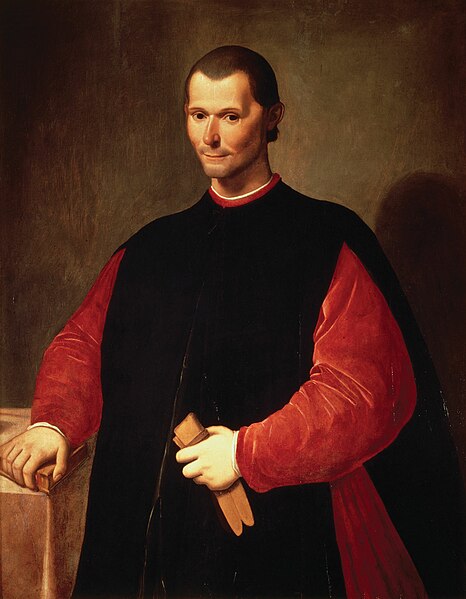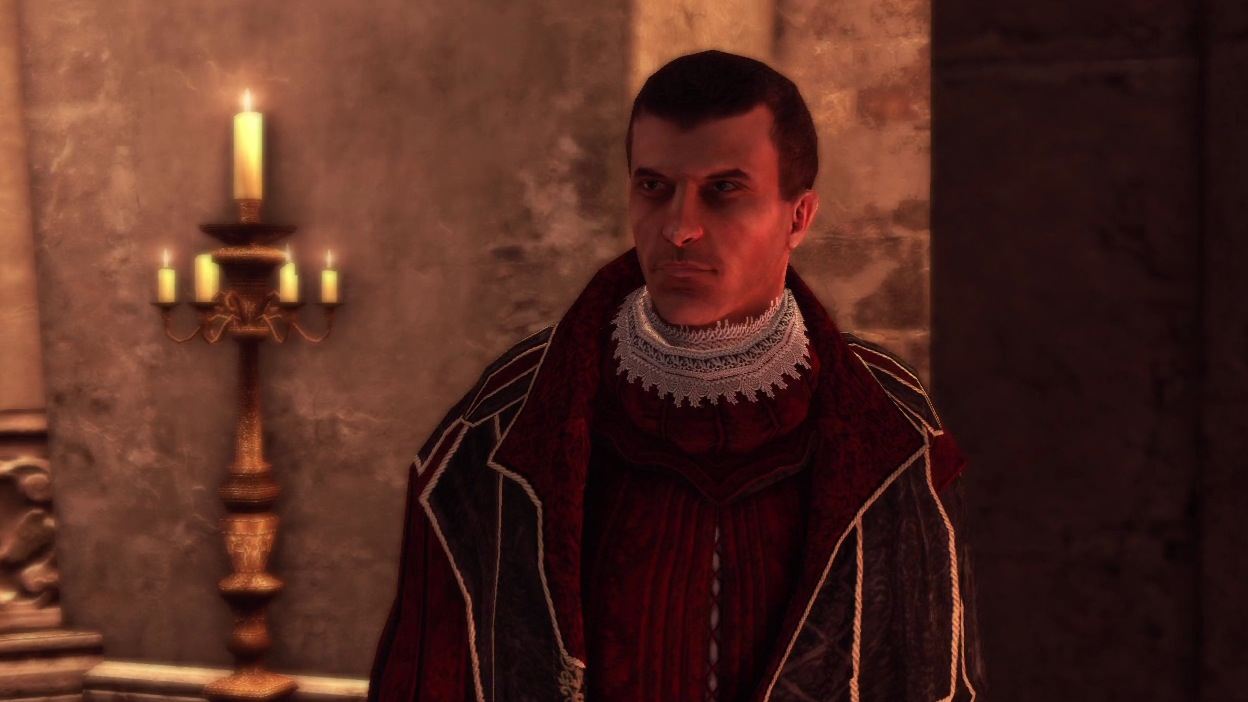These are cool.
H/T to Kutz, who shared this pink light one a while ago.
These are cool.
H/T to Kutz, who shared this pink light one a while ago.
The happy hands club should take this on… the guy who comes in about half way through has awesome butterfly knife skills. And I’m not sure why granny and the dog are hanging out in front of the stereo there… don’t they know knives and swords are dangerous.
I love this sort of thing… bit of a language warning. But here are the first two videos in a series.
Ahh Halloween. Another day, another chance to rant about American imperialism (on a slightly related note, anybody seen those super-sharp ads for being a Mormon. It’s America’s own religion.).
This is, however, is the silver lining.
For another slightly related note – here’s a lady bug taking off in super slow motion…
That one needs some Transformers sound effects.
Calling things “the new planking” is so passe. It also gives planking more airtime than it is worth… planking is so “the start of the year” anyway.
Tebowing involves striking a prayerful pose like famously Christian NFL quarterback Tim Tebow (perhaps more famous for being a Christian than for being an athlete (but what would I know – I’m Australian)).
Anyway. Fun times.


I hate heights. I really do. I don’t know if this video makes me hate heights more or less.
Some project details from the Vimeo page…
A Feature documentary will be available on 11.11.11 at 11 a.m for download on my video blogsebmontaz.com.
You’re welcome to watch 14 minutes of the final film on my video blog sebmontaz.com.
I have been filming the Skyliners on an incredible exploration into the world of free flight.
Tancrède, Julien, Seb and Antoine are pioneers in ‘highlining’ – a vertiginous combination of climbing, slackline and tightrope walking.
I did a little bit of flying during the last weekend – and I’m rubbish at writing at airports and on planes, so I chose to do some reading. My book of choice was Walter Isaacson’s fascinating biography of Steve Jobs.
It was an interesting read, the carefully cultivated messianic myth came up against an access all areas account of Steve’s life. He was, as it turns out, a nasty and deliberate man. He had an incredible knack for understanding people and culture and using that to his advantage. This worked in his favour in business, he was constantly ahead of the curve – able to anticipate desires before we knew we had them. That was one of his significant mantras – people don’t know what they want until you give it to them. But this same ability meant that he was able to crush people, and did, just for kicks. He had poisonous relationships with lots of people who used to be his friends, and with members of his family, because he believed the myth. Essentially. He believed he was different, that he was special, and that his vision would change the world. And while he fostered a culture of robust discussion, and could have his mind changed, he’d immediately take the ideas of others and claim them as his own.
This is a fascinating exercise in anti-hagiography. It’s not a victor’s history. It’s a picture of a deeply flawed man who embraced his flaws to change the world. Like him, or hate him, and it’s hard to love him after reading this book… Jobs changed many industries, designed products that are being copied by all sorts of other people, and brought a new approach to business, especially the computer business, where everything was managed by one company (ie hardware design, manufacture (to an extent), software, retail, post retail (by providing a closed system). The open systems v closed systems thread that ran through the book, and Jobs’ interactions with Bill Gates provided an interesting picture into Silicon Valley and the technology we use. I enjoyed that. I learned lots. There are things Jobs did that are definitely not things I’d want to implement in my home life, or in my church life, but his pursuit of excellence, and his unrelenting confidence in the “truth” even in the face of opposition and rejection were in a sense, inspiring.
The great thing about the book was that it totally humanised Jobs. He was flawed. He wasn’t Nietzsche’s Übermensch, even if that was his self perception for a while. He wasn’t particularly smart – outside of his industry (and even within it) he did some really dumb stuff, that wasn’t skirted around in the book, it was a no-holds-barred treatment of his life. An example of his less than optimal decisions included not treating his cancer because he believed he could get rid of it just by drinking juice and applying some internet remedies. While he wasn’t particularly likeable, he had some redeeming features, and he was passionate. He was human. He was vulnerable. He wasn’t the messiah, just a naughty boy.
It was kind of sad that the tone of the book, and the editorialising at the end, seemed to excuse some of Steve’s behaviour on the basis of his achievements, as though the ends justified the means. It’d be interesting to hear from Steve’s neglected children, and from the friends and colleagues he left scattered in his wake, in twenty years – to see if they agree. There was a very real human cost to his decision to build a life around himself and his vision.
He told his biographer, in the months before he died, that he was “50-50” on the question of God. He wanted there to be something else. He seemed to think his achievements would be works that God might judge him on. Apparently his last words were “oh wow, oh wow, oh wow” at least according to his sister’s more hagiographic eulogy (but who doesn’t say nice things at that point).
Here are some of the snippets from the book that I thought were particularly interesting insights from a man gifted with the ability to make particularly interesting insights…
On God…
“Reflecting years later on his spiritual feelings, he said that religion was at its best when it emphasized spiritual experiences rather than received dogma. “The juice goes out of Christianity when it becomes too based on faith rather than on living like Jesus or seeing the world as Jesus saw it,” he told me. “I think different religions are different doors to the same house. Sometimes I think the house exists, and sometimes I don’t. It’s the great mystery.””
And later…
“I’m about fifty-fifty on believing in God,” he said. “For most of my life, I’ve felt that there must be more to our existence than meets the eye.” He admitted that, as he faced death, he might be overestimating the odds out of a desire to believe in an afterlife. “I like to think that something survives after you die,” he said. “It’s strange to think that you accumulate all this experience, and maybe a little wisdom, and it just goes away. So I really want to believe that something survives, that maybe your consciousness endures.””
On designing with the end user(s) in mind…
““If it could save a person’s life, would you find a way to shave ten seconds off the boot time?” he asked. Kenyon allowed that he probably could. Jobs went to a whiteboard and showed that if there were five million people using the Mac, and it took ten seconds extra to turn it on every day, that added up to three hundred million or so hours per year that people would save, which was the equivalent of at least one hundred lifetimes saved per year. “Larry was suitably impressed, and a few weeks later he came back and it booted up twenty-eight seconds faster,” Atkinson recalled. “Steve had a way of motivating by looking at the bigger picture.””
On Apple’s Design philosophy…
“Apple’s design mantra would remain the one featured on its first brochure: “Simplicity is the ultimate sophistication.” Jobs felt that design simplicity should be linked to making products easy to use. Those goals do not always go together. Sometimes a design can be so sleek and simple that a user finds it intimidating or unfriendly to navigate. “The main thing in our design is that we have to make things intuitively obvious,” Jobs told the crowd of design mavens. For example, he extolled the desktop metaphor he was creating for the Macintosh. “People know how to deal with a desktop intuitively. If you walk into an office, there are papers on the desk. The one on the top is the most important. People know how to switch priority. Part of the reason we model our computers on metaphors like the desktop is that we can leverage this experience people already have.””
On Marketing…
““The Apple Marketing Philosophy” that stressed three points. The first was empathy, an intimate connection with the feelings of the customer: “We will truly understand their needs better than any other company.” The second was focus: “In order to do a good job of those things that we decide to do, we must eliminate all of the unimportant opportunities.” The third and equally important principle, awkwardly named, was impute. It emphasized that people form an opinion about a company or product based on the signals that it conveys.”
On applying this philosophy even to the smallest of things…
“People do judge a book by its cover, so for the box of the Macintosh, Jobs chose a full-color design and kept trying to make it look better. “He got the guys to redo it fifty times,” recalled Alain Rossmann, a member of the Mac team who married Joanna Hoffman. “It was going to be thrown in the trash as soon as the consumer opened it, but he was obsessed by how it looked.” To Rossmann, this showed a lack of balance; money was being spent on expensive packaging while they were trying to save money on the memory chips. But for Jobs, each detail was essential to making the Macintosh amazing.”
My dear wife just finished writing an assignment. To celebrate she played this clip over and over again. Singing along.
I am still working on said assignment.
This is brilliant. From premise to execution. The Chaser team play around with “Poes Law” a little, because Lord Christopher Monckton is an extremist, they decided to treat him as a satire. I love it.
…Like a penguin suit… That would be totally embarrassing.
Some people might find this short film featuring high production values, nice music, and a zombie penguin in odd zombie make up, a little bit disturbing. If that’s you – don’t watch…
This is Jonathan McGowan. He eats Road Kill. Not for a living, but for living…

“There was a lot of roadkill in the lanes around our house while I was growing up. I’d sometimes take the bodies home and study them in the shed. I wanted to know everything about their biology, inside and out. When I was 14, I started to question our attitude to eating animals. Living on a farm, I knew how commercial meat was reared; I’d seen broiler chickens piled on top of each other, rotten, deformed and dying. The animals I found had led free lives and were incredibly fresh – yet I was expected to leave them in the road to rot. When I found a dead rabbit not long afterwards, I decided to cook and eat it.
I waited until my parents were out, then cut the rabbit’s back leg meat into slivers, put them in a frying pan with some butter and ate them with a slice of bread. That first meal, eaten in secret, was thrilling. I could taste the fields and woodlands in the meat. I felt as if I had done something wild and natural.”
What a rebel. Like many coming of age stories, this behaviour continued into adulthood, and became a defining feature…
“Since leaving home at 18, my occasional habit has become regular practice. I go out searching for roadkill once or twice a week. The early morning is the best – a lot of animals are nocturnal and get hit at night. Rabbits, badgers and pheasants are my most common finds. Rabbit is actually quite bland. Fox is far tastier; there’s never any fat on it, and it’s subtle, with a lovely texture, firm but soft. It’s much more versatile than beef, and has a salty, mineral taste rather like gammon. Frogs and toads taste like chicken and are great in stir-fries. Rat, which is nice and salty like pork, is good in a stir-fry, too – I’ll throw in celery, onion, peppers and, in autumn, wild mushrooms I’ve collected. Badger is not nice and hedgehog is hideous.”
Just how desperate would you have to be to try this even once…
This quite literally mesmerised me. I don’t know why.
This is impressive.
I’ve featured this guy slicing a baseball before.
Here’s a Japanese TV show segment featuring his mad skillz. I like the bit where he cuts a soccer ball in half.
No matter how you slice it, playing with swords is cool…
I love this. From a site featuring 101-word stories called ommatidia.

Image Credit: Wikimedia
BOLOGNESE MACHIAVELLI
